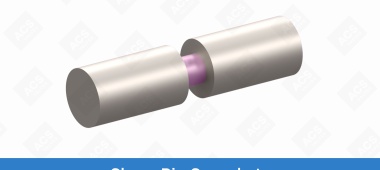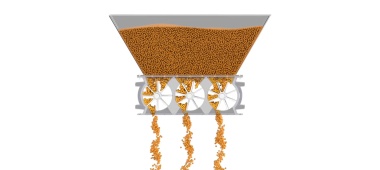How to get high-grade woodchip fuel

Money, as they say, doesn’t grow on trees—but it can grow out of the process you use to create woodchip fuel for market.
The amount of efficiency you can pull out of your woodchip fuel is directly related to your treatment of the trees you harvest, and the lumber you put through the chipper.
Here are some facts so that you can get the most out of your end product:
Different wood types mean different energy content
There are four grades of woodchip fuel. In order of most-to-least efficient, here’s how they breakdown:
Grade A: These are made as a by-product or primary product from either lumber production or woodchip mills. They are the cleanest type of woodchip as they are made from round wood after trees have been debarked and the chips have been screened. They have a low ash and moisture content, and uniform shape and size (average of 30 mm).
Grade B: Made from tree boles, without debarking or screening. These chips, while still usually uniform in size, are coarser, have more bark, and will produce more ash in fuel systems.
Grade C: Made from extra wood from whole-tree harvesting. These create less uniform chip shape and size, and will also create more ash in fuel systems.
Grade D: Made from clean urban wood waste and recycled woods. These woodchips have a higher risk of containing contaminants like dirt, debris and leaves. They can be used for larger industrial energy systems that are capable of burning lower-quality fuel.
Keep your woodchips clean
Cleaner woodchips mean cleaner fuel.
If your woodchips include contaminants, such as bark, foliage, dirt, debris, paints, or wood treatments, they will be more likely to create ash when they burn.
Not only do contaminants matter, but it’s also important to keep the moisture content of your woodchips between 20 to 30 per cent. If moisture content is higher than 30 percent, fuel systems have to expend more energy to burn it off, thus reducing efficiency—and also producing more emissions, smoke, and ash. If there is any less, the woodchip fuel will burn too quickly.
It is, however, normal for industrial-sized heating plants to burn fuel with high moisture content.
Start with proper seasoning
There’s nothing like getting back to nature with your woodchip seasoning.
As moisture content is critically important to woodchip efficiency, ensuring that it’s dried—and in the right way—is integral to a quality end product.
Before putting your lumber through a wood chipper, store it outdoors, uncovered, and in the sun to dry. If you can, store it in a windy area. It should stay this way for at least three months—during the summer months—to reduce moisture before it comes time to put it into the chipper.
After chipping, dry woodchips with moisture content of less than 30 per cent should be stored in a covered storage area, with plenty of air circulation. A breakdown of how to calculate the moisture percentage can be found in section 3.1 of this document here.
Any woodchips with more moisture should not be stored in this area as it creates the risk of mold and other potential contaminants that will affect the energy efficiency of your fuel. Dry woodchips should only be stored for two to three weeks or they will begin to decompose.
Don’t be blunt, sharpen your knives
Woodchips should be consistent in size and shape to keep them from causing jams in fuel feeding equipment.
Start by chipping your properly seasoned lumber with a fuel grade chipper. There should be screens in your chipper to remove chips of the wrong size and shape.
Woodchip processing equipment should also have sharp knives to chop oversized pieces that made it into the product and prevent jams down the line. Sharp knives will also reduce fines and keep your woodchips clean, ultimately reducing the ash by-products and emissions.
Categories: Manufacturing
Go ahead, make your valve
Put your own spin on our customizable valves to get the best valve for your application, material and industry.

We have a series of items available for quick shipment
Items include: Pressure blower packages, MD Series, S-Pellet Series, Diverter Valves, Flex Tip Series, Screw Conveyors

How to: Check rotor-to-housing tolerances
Keep your rotary airlock valve compliant with NFPA guidelines and maintain strong performance by checking your rotor-to-housing clearances regularly.

Newsletter
Stay informed on all things ACSWe’ll keep you up-to-date on the latest valve how-tos, handy tips, and news from ACS. It’s totally free and you can opt out at any time.







